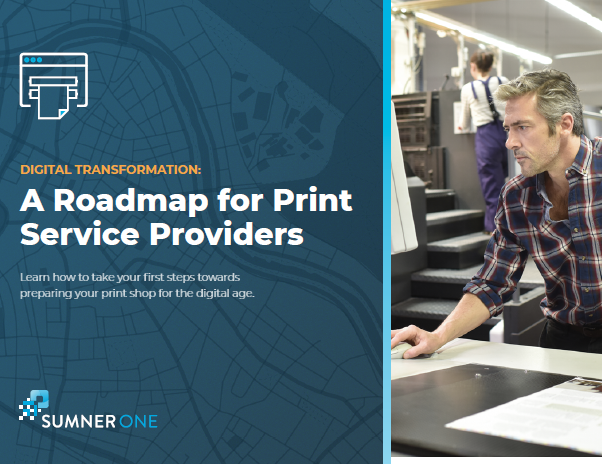There is a lot of confusion around the term ‘digital transformation.’
The term itself seems intentionally vague and confusing. Does digital mean paperless? Does it mean integrating the latest technology into every aspect of a business? At its core, the concept of digital transformation is simply using digital technology to solve problems. When making the case for introducing digital technology into the commercial print space, it makes sense to first discuss the areas for opportunity in this industry and what digitization can bring to the table.
After the 2008 recession, the print service providers (PSPs) who only suffered a decline in sales were the lucky ones.
Having fewer companies to compete with, however, doesn’t mean the competition hasn’t grown more intense. Commercial printers that have come into this industry since 2008 are benefiting from having fresher eyes and integrating innovative business practices that emerged after the recession. These new competitors bring with them an agility and flexibility that seasoned professionals can adopt as well.
One of the most significant innovations stemming from the emergence of new competition in the commercial printing space is a shift in thinking. PSPs are considering how they can be a strategic partner to customers, focusing less on just manufacturing or delivering a job, and more on collaborating with clients to build custom solutions.
Before your shop introduces any new piece of technology or digital process, asking yourself questions about the clients you serve is a good place to begin.
- How can I be a better strategic partner to my clients?
- Does this change add client value?
- Does this change ultimately serve my clients?
- Am I creating more business opportunities for clients?
Delighted customers are repeat customers, and without them as the ultimate motivating factor, there is no reason to invest in digital transformation.








